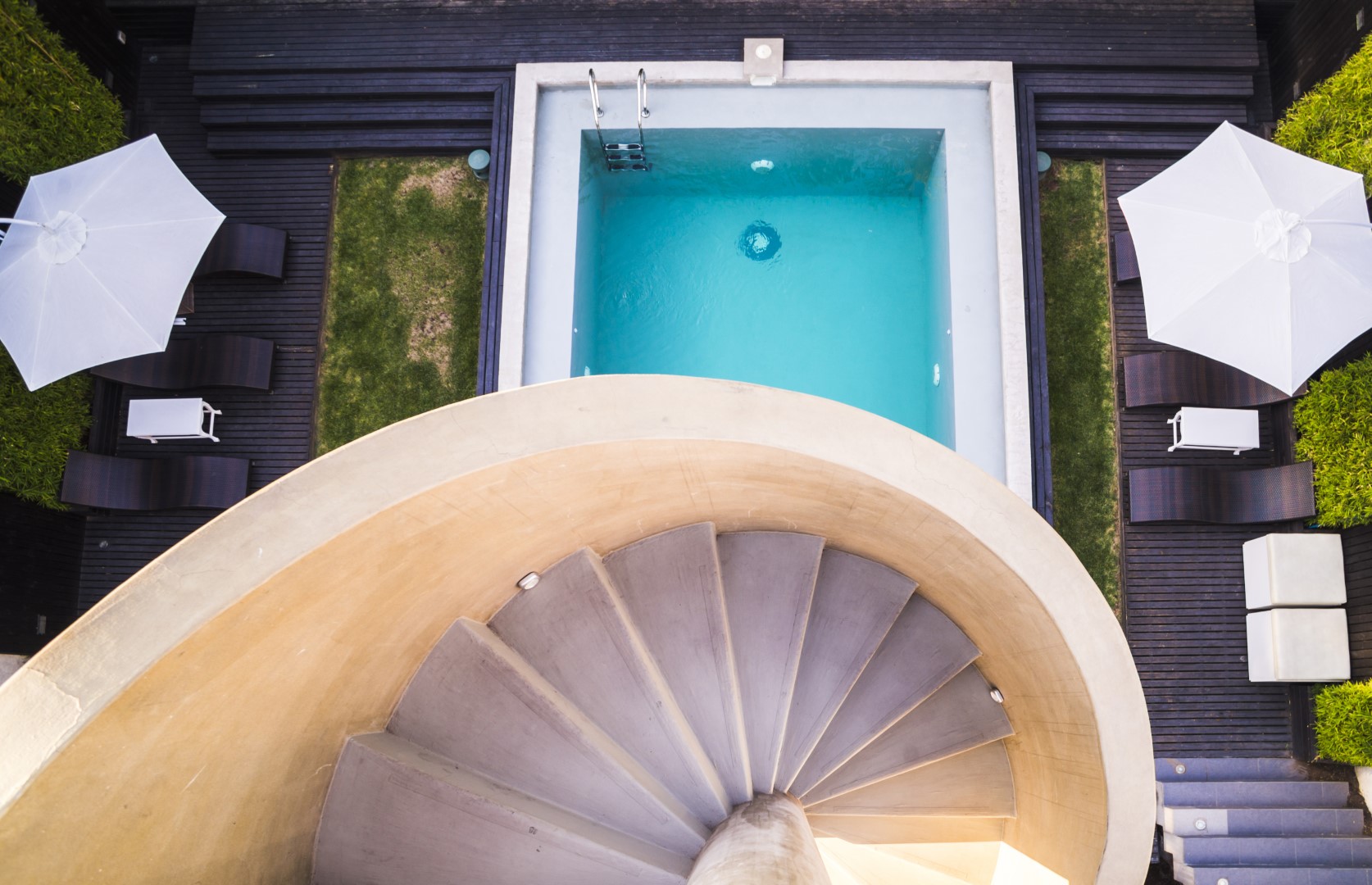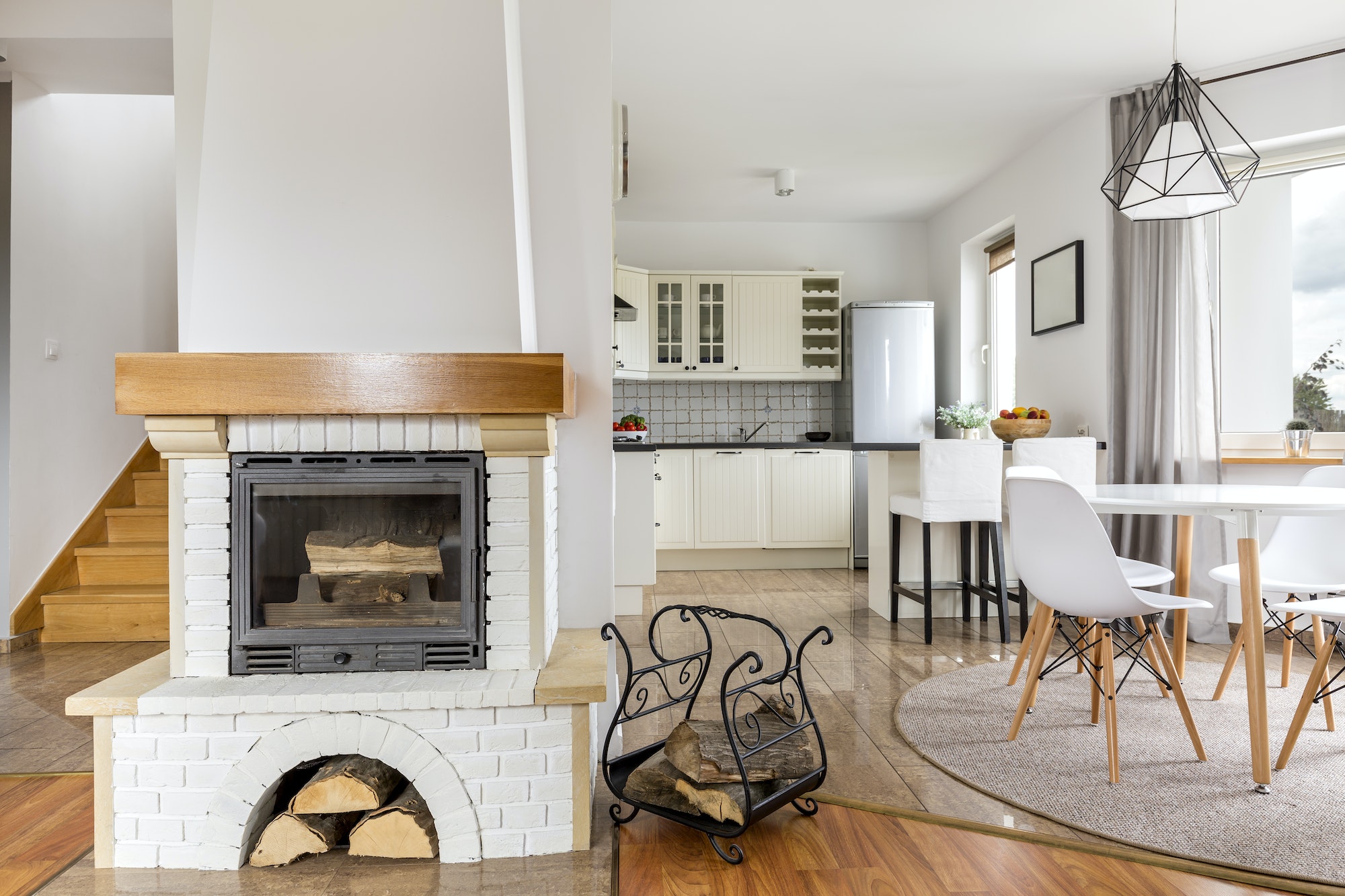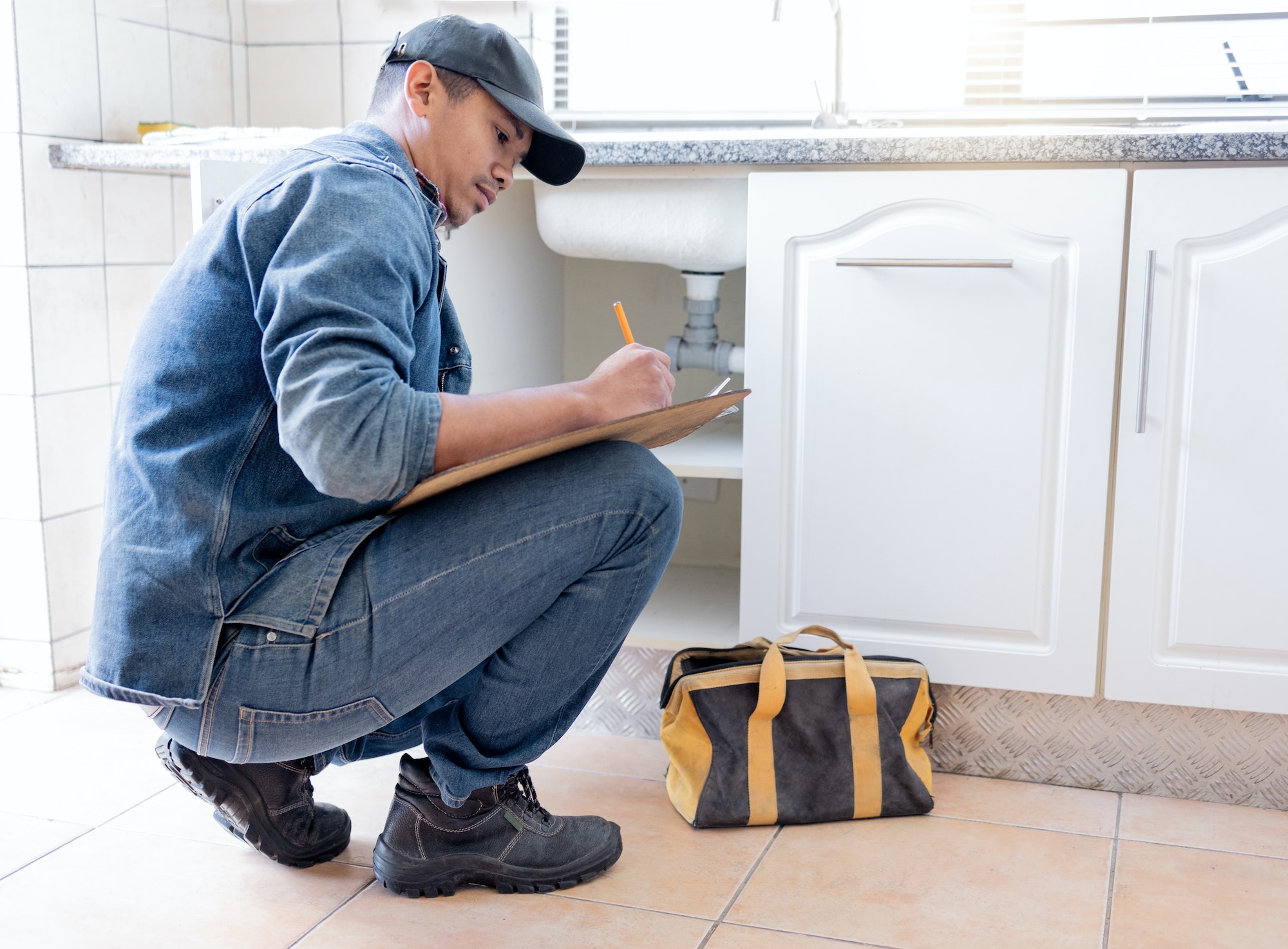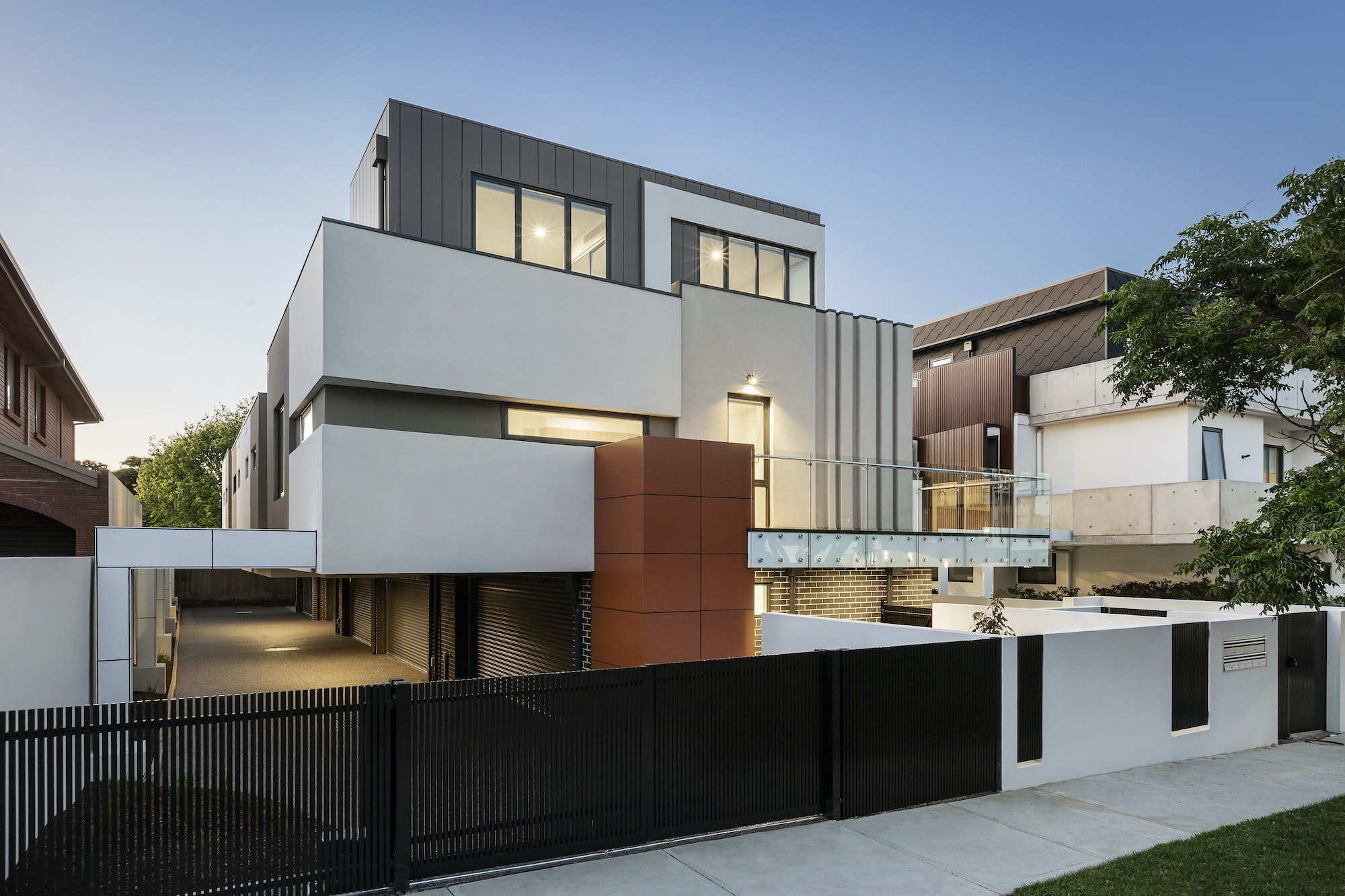Owning a pool can be one of life’s most refreshing luxuries, but it comes with immense responsibility, especially when it comes to the safety of our loved ones. Pool accidents can occur in a matter of seconds and have devastating consequences. Compliance with safety regulations is a must, but there are additional precautions pool owners can take to ensure a safer environment. It’s more than a moral obligation; it’s a crucial part of maintaining a pool.
In this article, we explore a wealth of strategies to minimise the risk of pool accidents. From understanding the common types and causes of pool accidents, to essential safety measures, to educating pool users on safety, we provide a comprehensive guide that pool owners and parents can implement for a safer swimming experience.
Understanding Pool Accidents
Every year, news headlines remind us of the tragedies that can unfold around pools. Drownings, slips, and falls are not just distressing incidents; they can also lead to lifelong injuries and fatalities. A thorough understanding of the causes and types of accidents can help us in the fight against preventable pool-related incidents.
Types and Causes of Pool Accidents
Pool accidents are varied and can involve anything from entrapments in pool drains, to slipping on wet surfaces. Drownings and near-drownings occur when water enters the lungs, preventing the victim from breathing. Children and non-swimmers are particularly high-risk groups.
Alarming Statistics
The statistics are sobering. The CDC reports that about 10 people die from unintentional drowning every day, and of these, two are children aged 14 or younger. For every child who dies from drowning, another five receive emergency department care for nonfatal submersion injuries.
Essential Pool Safety Measures
Taking the right steps to ensure your pool is as safe as possible can vastly reduce the likelihood of accidents. Some measures to consider are non-negotiable for any pool owner.
High-Quality Fencing and Gates
A sturdy barrier, such as a four-foot or taller fence, a pool alarm, or a pool cover, should surround the pool on all sides. Make sure the fence is unclimbable and the gate self-closes and self-latches. This is not only a legal requirement in many places, but also a potent deterrent to wandering toddlers.
Proper Maintenance
Regular pool maintenance is essential; clean the pool of any debris, maintain the appropriate chemical levels, and ensure filtration and circulation systems are functioning correctly. A poorly maintained pool can be slippery and harbour bacteria.
Adult Supervision and CPR
An aware, sober, and responsible adult should actively supervise children in and around pools at all times. Knowing CPR and having a phone nearby can also be lifesaving. Immediate response to an accident is crucial.
Tips for Childproofing Your Pool Area
A child’s curiosity knows no bounds, but there are ways to make your pool area less inviting and less accessible.
Safety Covers and Alarms
Automatic pool covers are great at keeping children out of the water when the pool is not in use. In the case of spas, a sturdy safety cover and alarms can be employed to notify you of any unauthorised entry.
Enforcing Pool Rules
Establish simple, clear rules for the pool area and ensure that everyone knows and follows them. This could include no running, no pushing, and no swimming alone. Consistent reinforcement of these rules is paramount.
Training Pets
Pets can accidentally push children into the pool. Training them to stay away from the pool and to not react to children’s play as if it’s an emergency is a good preventive measure.
Educating Pool Users on Safety
Education is key to preventing accidents. Teaching children and adults about water safety can instil respect for the dangers water can pose.
Water Safety Education
This should be ongoing and include the possible hazards of pool use, how to recognize them, and what to do if there is an emergency. This can be done through formal classes, informational videos, or simple conversations.
Learning to Swim
Both children and adults should be trained swimmers. Being comfortable around water and being able to keep one’s head above water can make all the difference in an accident.
Emergency Preparedness
Having the right protocols in place can make the difference between a close call and a tragedy.
Developing Emergency Plans
Families should create and practice an emergency action plan. This plan should include steps for a rapid and safe response to an emergency, including knowing the nearest emergency phone, ways to assist a drowning victim, and how to recognize the signs of drowning.
First-Aid Equipment
Immediate care in emergencies can be the difference between life and death. It’s crucial to ensure that all first-aid equipment is not only well-maintained but also easily accessible to everyone within a facility. This accessibility ensures that in the event of an emergency, responses can be swift and effective. Everyone on the premises should be familiar with how to use this essential equipment. Key items include a reaching or throwing device for water rescues, a phone for emergency calls, and, where possible, a defibrillator for cardiac emergencies. Proper preparation and education on the use of these tools can significantly enhance safety and save lives.
Conclusion
We always hope that our swimming experiences will be safe and enjoyable. By proactively engaging with the safety tips and through a visit popular fibreglass pool blogs, we can significantly reduce the risks that come with pool ownership. Remember, when it comes to safety, preparation is not just a one-time event; it’s an ongoing commitment.
Share this information with other pool owners and parents to create a safer swimming community. Your diligence could save a life. And if you’re a pool patron rather than an owner, keep these safety factors in mind when visiting pools, and advocate for safer practices if you notice a lapse in pool safety measures.
In the end, the value of human life can never be overstated. Enjoy your pool with peace of mind, knowing that you’ve taken the necessary precautions to swim safely.




